Guitar World Verdict
With its super-fast neck and super-loud neon finish, this Dinky is operating right out there on the extremes of the S-style electric design, and at a very competitive price, it’s one of the best shred options on the market.
Pros
- +
Really top-drawer playability.
- +
Versatile sounds.
- +
Build and finish.
- +
Reverse headstock is cool.
Cons
- -
You may want to upgrade the pickups down the line.
- -
Well, it is neon pink. Is that too much?
You can trust Guitar World
The Jackson brand is not known for its reserve but even for the now-classic hot-rodded S-style Dinky this Neon Pink model is pushing it. Perhaps the hi-viz aesthetic is a note of caution, health and safety gone mad because, golly, that reverse headstock, six-in-line like a dagger, could have your eye out.
This is one electric guitar you could see from space, as though the Jackson development team consulted with rave culture archivists to find the most lurid Day-Glo colour and apply it to one of the most fast-playing guitars you can find at this money.
Now, we’ll get to the performance – and spoilers for what’s to come, but it’s like the Dinky plays you sometimes – but first the spec. What does 500 bucks buy you in today’s market? Well, down the supermarket that’s a pat of butter and six eggs, but in guitar land your green gets you further. This is an impressibly put-together instrument.
The finish is tip-top, the factory setup is on-point. This Dinky has a nyatoh body. As with all Dinkys it has a bolt-on neck, putting some daylight between it and its neck-through sibling, the Soloist. The neck is rake-thin and has a satin finish, graphite reinforcement for strength and stability in changing temperatures, with that angled reverse headstock affixed to the neck via a scarf joint.
The fingerboard is laurel, a popular rosewood alternative that in this instance really does look a convincing deep brown. It’s carved into a house standard 12”-16” compound radius and topped with 24 jumbo frets.
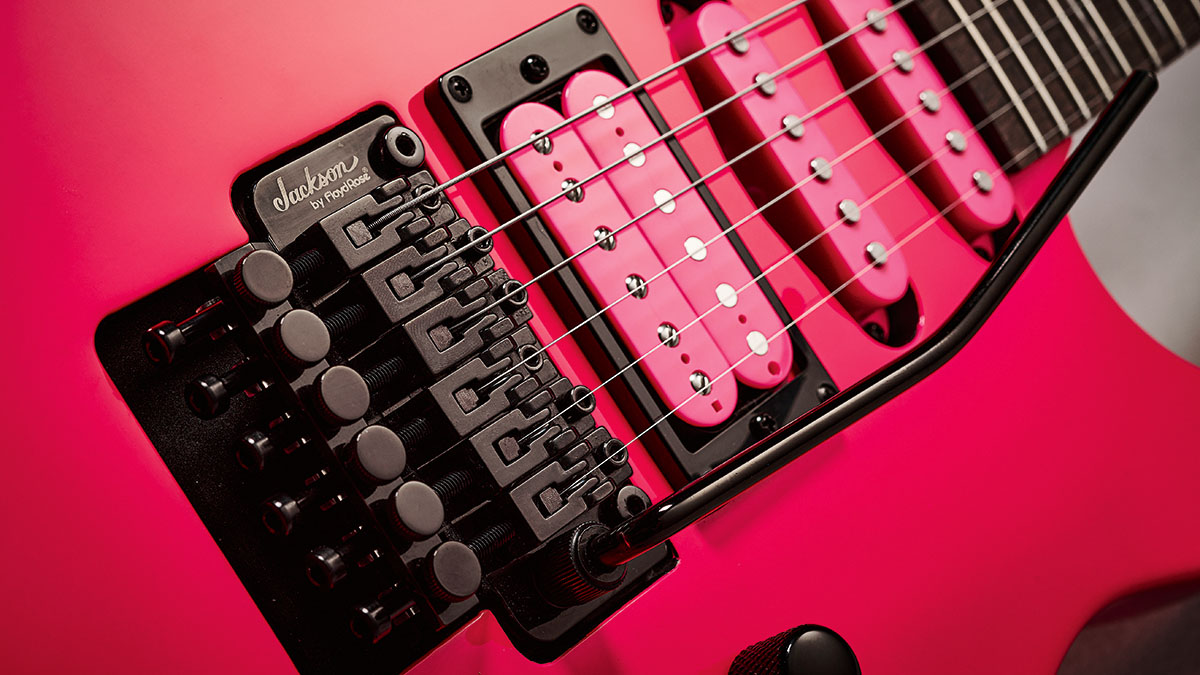
You will find this fingerboard radius across Jackson, Charvel and EVH Gear brands right now, and that says everything about the sort of feel it lends the guitar, making chord work in the lower registers comfortable and then flattening out – and dramatically so – with the promise that once you get up into nosebleed territory the flatter radius facilitates turbo lead guitar. Those pearloid reverse shark fin inlays encourage such behaviour.
There is a Jackson-branded Floyd Rose double-locking vibrato, Jackson-branded sealed tuners, finished in black. The pickups are Jackson’s own, with a high-output humbucker at the bridge and two single-coils in the middle and neck positions. A five-way blade selector switch promises plenty of different combinations of the three.
All the latest guitar news, interviews, lessons, reviews, deals and more, direct to your inbox!
Choose the humbucker alone for full shred, position two for the humbucker’s outer coil and the middle single coil, position three for the middle pickup, four for a mix of both single coils, and five for the neck pickup.
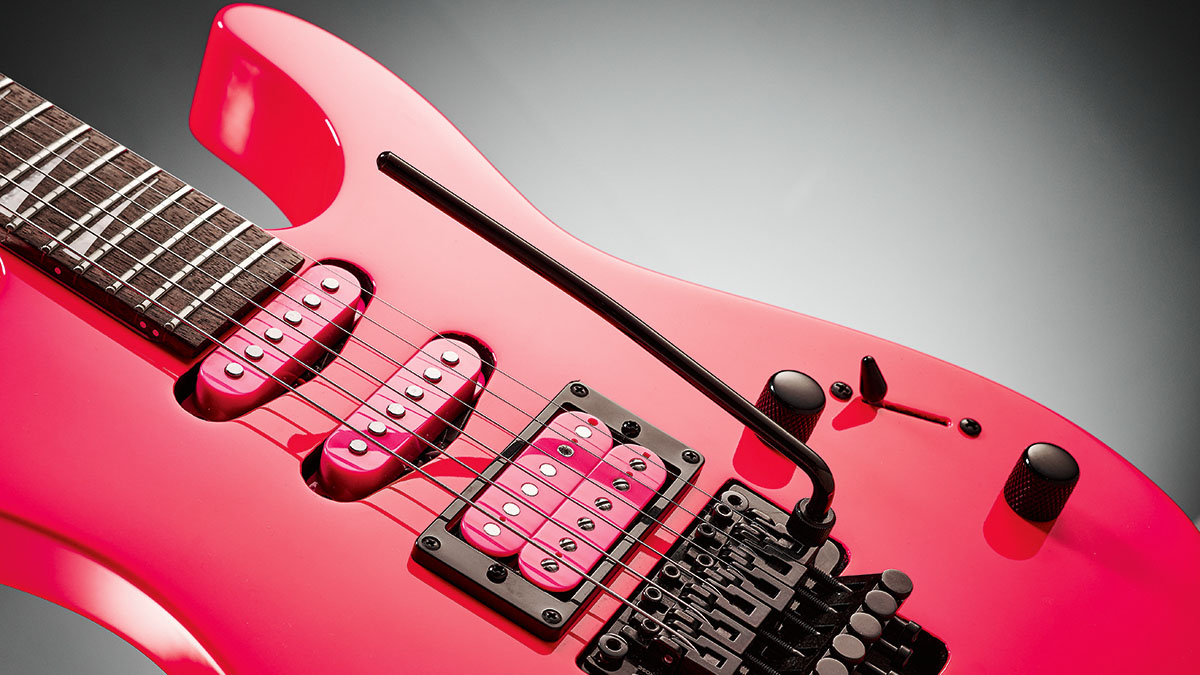
There was a good reason why Jackson launched its American series with an HSS Soloist; the humbucker and dual single-coil configuration (HSS for short) is as versatile as it gets, and when you plug in here you’ve got options of where you want to take your sound.
Excursions to Planet Shred take off from the bridge humbucker, so let’s start there. Jackson says it was voiced for “full, rich tone with maximum overdrive and sustain” and if you’ve dialled in a suitable level of crunch on your amp and thrown caution to the wind with a distortion pedal for good measure, you’ll find Jackson as good as its word.
You’ll have no trouble teasing pinch harmonics out of it, and dropping the tuning down to D will reward you with a power chords that’ll bloody the nose. Select both single coils and that saturated gain makes a great tone for sweep picking, a little of the unruly treble rolled off.
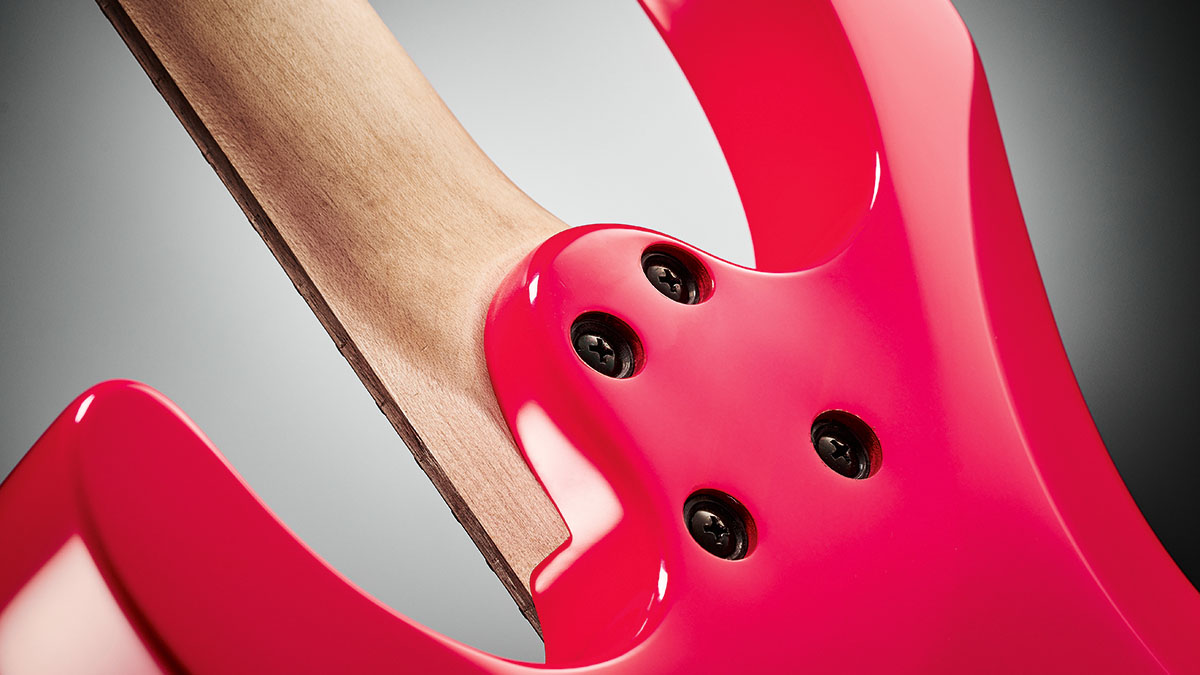
Aesthetically, this is a niche instrument, but it is no-one trick pony when it comes to sounds. Every good metal guitar needs a good clean tone and those single coils with a clean amp, a little chorus and delay will get you on those sus2 chords, fishing around in minor keys for Metallica vibes.
Or take it out of the metal zone altogether, and use the spanky single coils for funk. And besides, this OTT presentation could work in other contexts outside metal.

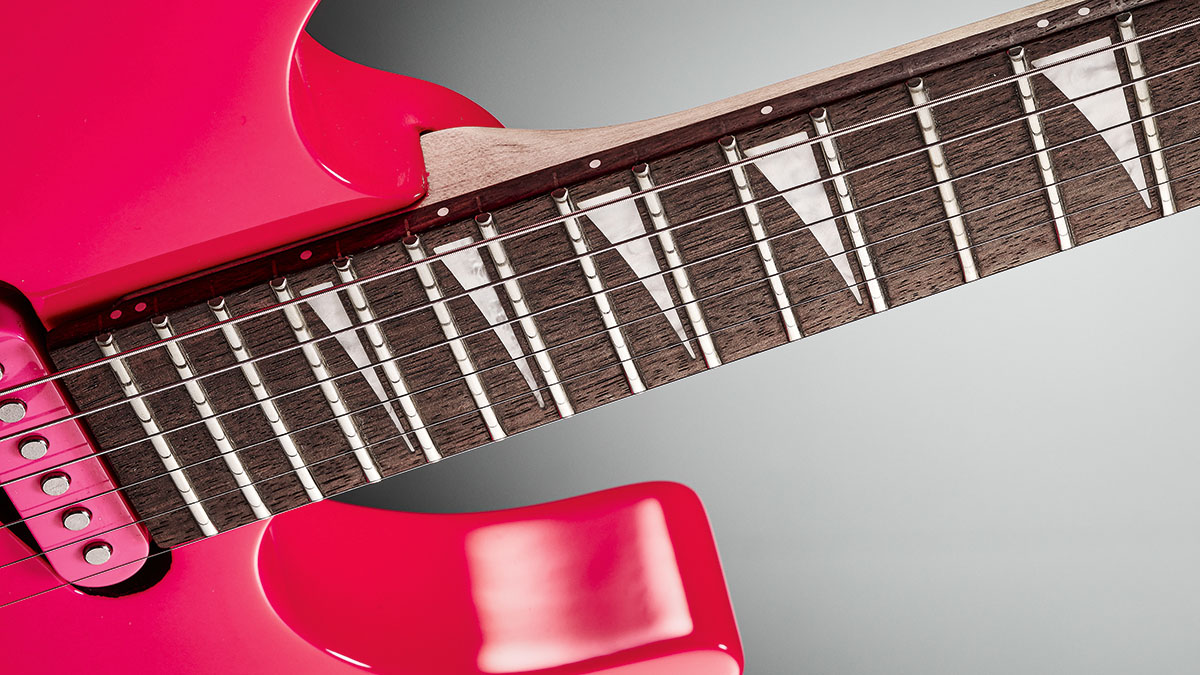
The playability is off the charts. The challenge here lies in having the self-discipline not to overplay, with the satin neck profile offering near frictionless movement. While the Floyd Rose might not have the same super-smooth action of higher-priced units, it is more than stable enough for all your dive-bombing needs, and it cements the impression that when it comes to finding a mid-priced speed machine, they don’t come much better than this. Nor as neon.
This is a fun electric that could get real serious with a pickup upgrade. If this isn’t a statement guitar, what is?
Specs
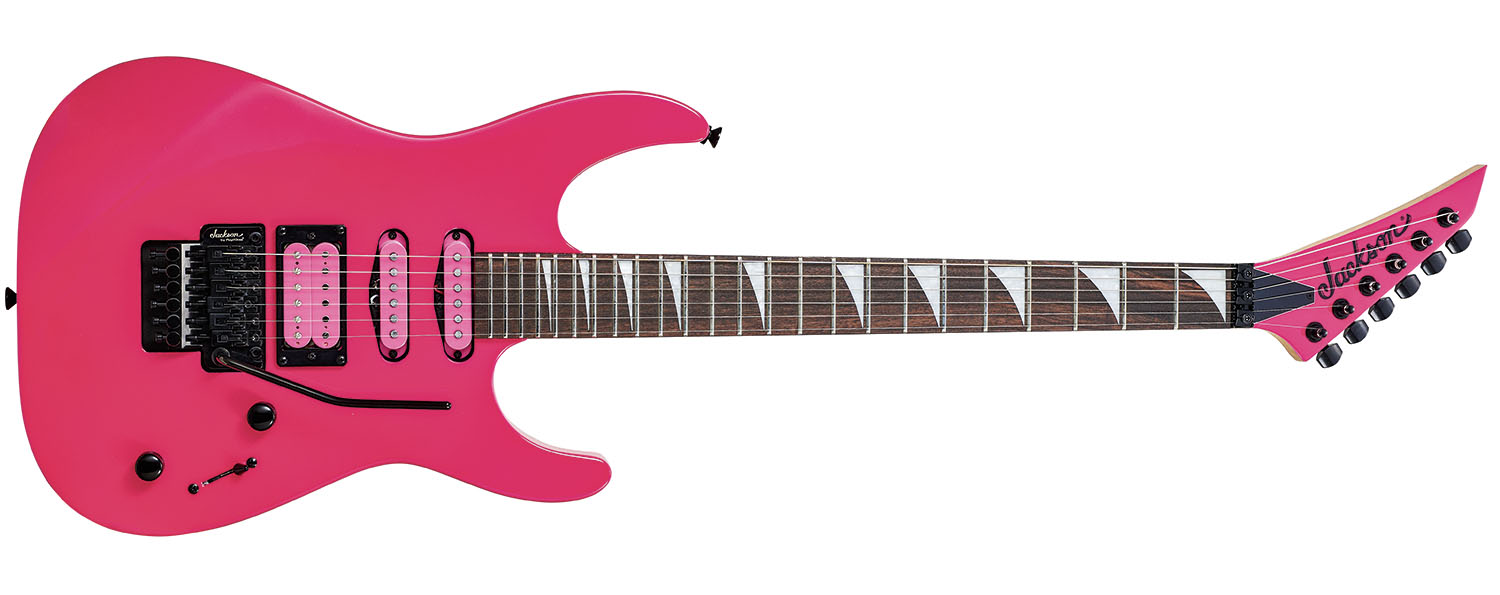
- PRICE: $599 / £509
- ORIGIN: Indonesia
- TYPE: Solid-body electric guitar
- BODY: Nyatoh
- NECK: Maple, bolt-on
- SCALE: 25.5”
- FINGERBOARD: Laurel, 12”-16” compound radius
- FRETS: 24, jumbo
- ELECTRICS: Jackson humbucker (bridge), 2x Jackson single-coils (neck, middle)
- CONTROLS: Volume, tone, five-way blade pickup selector switch
- HARDWARE: Jackson-branded Floyd Rose-licensed double-locking vibrato, Jackson-branded sealed die-cast tuners, black
- FINISH: Neon Pink [as reviewed], Caution Yellow
- CONTACT: Jackson
Jonathan Horsley has been writing about guitars since 2005, playing them since 1990, and regularly contributes to publications including Guitar World, MusicRadar and Total Guitar. He uses Jazz III nylon picks, 10s during the week, 9s at the weekend, and shamefully still struggles with rhythm figure one of Van Halen’s Panama.


